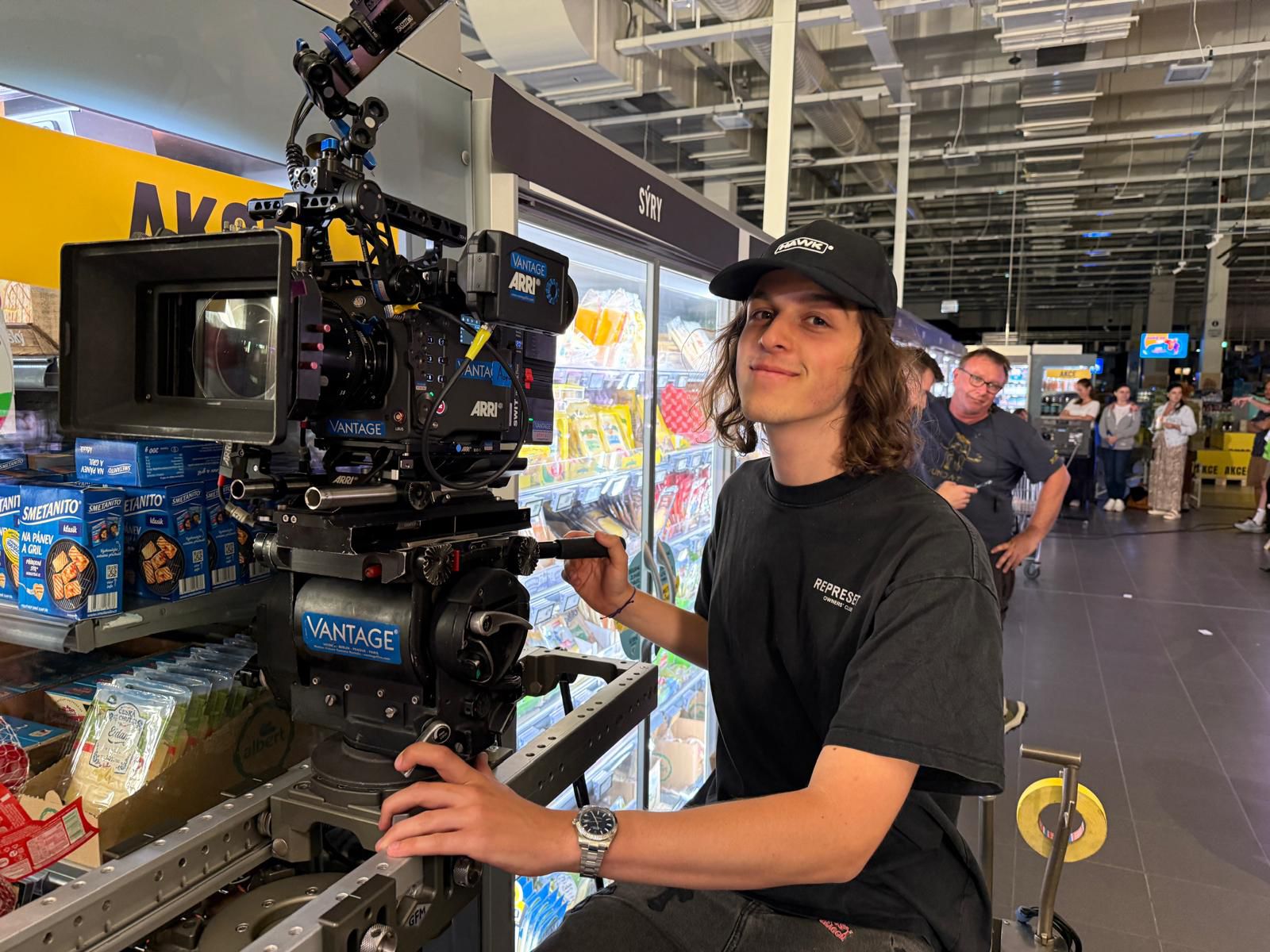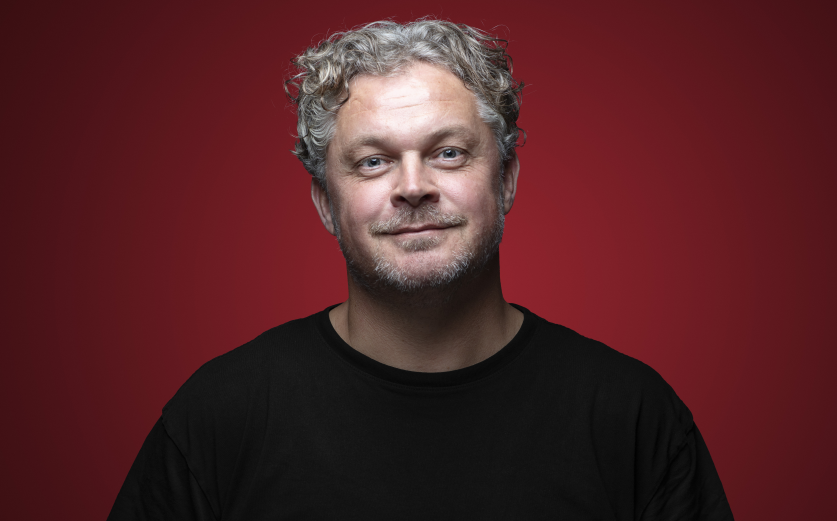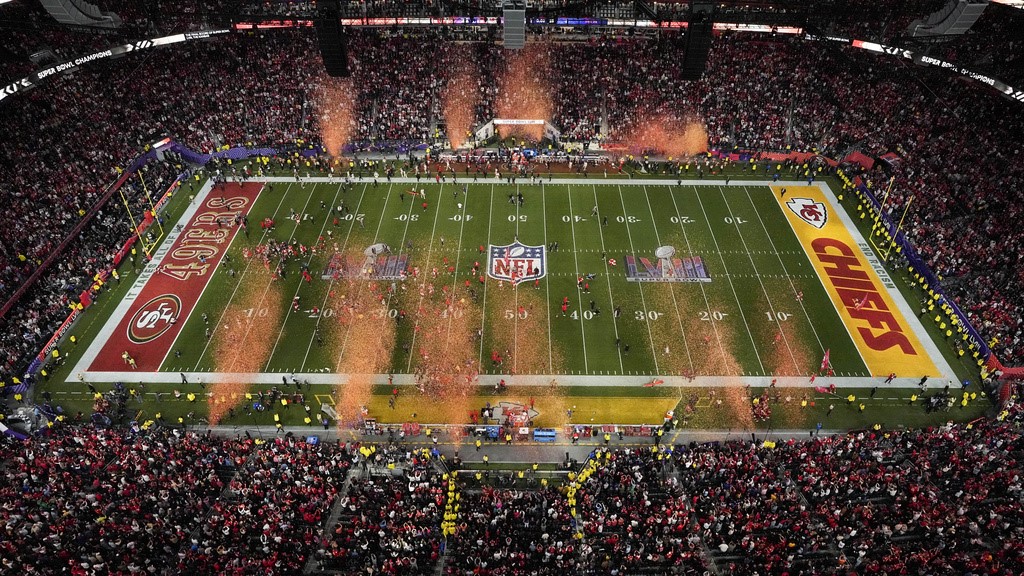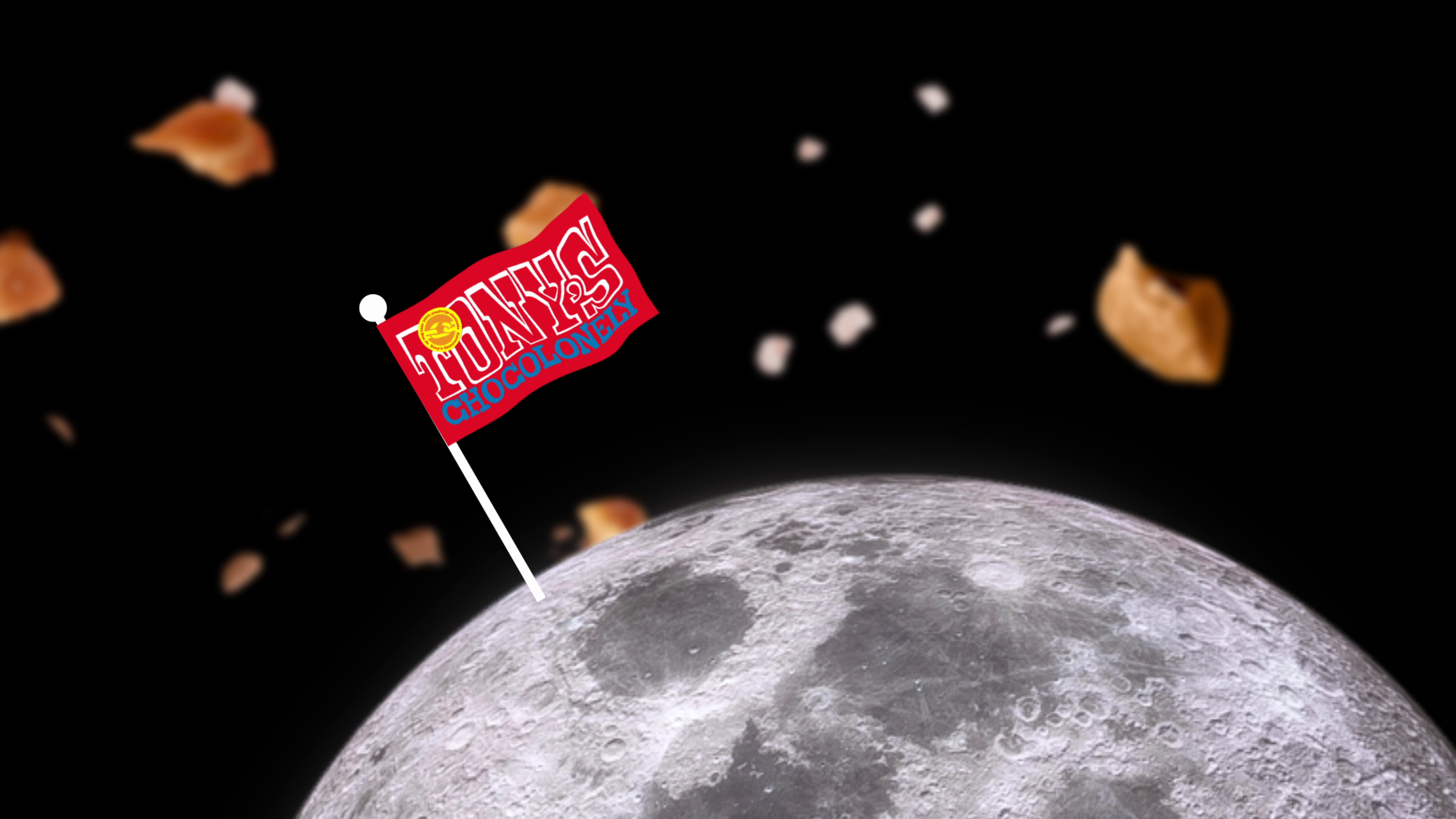A film director’s attempt to use generative AI to create a fake KFC ad has sparked a firestorm on social media, drawing strong reactions from the creative community, accusations of plagiarism and renewed debate over AI’s role in ad production.
I’m a burger fanatic.
The director, David Blagojevic, posted his AI-generated project to social media last week. It depicted a roughly 45-second commercial with dozens of photorealistic shots, including believable scenes of people eating fried chicken and accurate representations of KFC branding.
Blagojevic, the co-founder of Serbia-based film company Davinci Productions, has developed a following for this kind of experimentation and has previously posted unaffiliated mock ads for Dior and Chanel.
“It felt like seeing an AI Xerox machine”
While the video garnered initial praise for its use of AI, especially on LinkedIn, another film director, Joris Noordenbos, had a much different reaction.
Noordenbos said the fake ad contained mostly replicas of real shots he had filmed a few years prior — for real ads, for the real KFC brand.
“It felt like seeing an AI Xerox machine,” Noordenbos told Ad Age.
When Noordenbos posted to Instagram a side-by-side reel of virtually identical shots from the two ads, Blagojevic quickly faced backlash. His post, which initially did not credit Noordenbos or any other director, was soon filled with critical comments, while many others piled on in Noordenbos’s comment section.
Within two days, Noordenbos’ side-by-side reel had garnered more than 30,000 likes — well above the support shown for Blagojevic’s post.
Noordenbos wrote in his caption:
“AI: Taking our jobs or copying our work?
I recently saw an AI-generated commercial by @davinci_production that claimed to use advanced storyboarding and detailed prompting systems. But watching it… I couldn’t help but wonder if the real prompt was just: copy this. The result looked like a carbon copy of my own films.”
He added that AI “brings both excitement and unease” to the industry, urging creatives to “use AI to elevate originality, not replicate it.”
Blagojevic responds
On Friday evening, Blagojevic uploaded a new video providing behind-the-scenes commentary on how he developed the ad, explicitly crediting Noordenbos and other directors whose content he’d used.
He also updated his original post to include tags for their Instagram accounts.
“The intention was never to diminish or discredit anyone’s hard work,” Blagojevic told Ad Age. “It was a test to see how close AI can get to the existing KFC TV spots. That’s all.”
Debate over AI in advertising intensifies
The episode marks the latest tension between AI proponents and skeptical creative marketers, following controversies surrounding an Under Armour ad and Adobe’s embrace of AI.
Many creatives have sought to slow the infiltration of AI tools into production, fearing that automation erodes creativity and may eventually replace human labor.
Meanwhile, advocates highlight production efficiencies and AI’s growing creative capabilities.
This incident also shows how brands are caught in the middle.
AI systems are trained on vast amounts of online data, including branded intellectual property — a practice AI providers recently sought to formalize in policy proposals requesting broader access to copyrighted material.
Blagojevic and his team “analyzed” real KFC campaigns to create the mock ad — breaking down shots of food to understand their tone, lighting, styling, and emotional feel — as the director admitted in response to comments on his Instagram post.
KFC did not respond to Ad Age’s request for comment.
“Using a brand’s likeness and campaign material without permission is obviously an issue,” said Greg Swan, senior partner at Finn Partners. “Even with a disclaimer, recreating a real ad this closely blurs the lines around brand IP and art.”
Noordenbos originally created the similar shots in 2022 and 2023 for KFC’s South African and Eastern European markets. A KFC representative who had worked with him privately expressed support, he said. The brand has not made a public statement.
Credit is a growing issue in AI-driven advertising
Insufficient attribution of credit — central to the ongoing debate between AI and creativity — was the main point of friction in Blagojevic’s experiment, Noordenbos said.
In a disclaimer at the end of his original caption, Blagojevic wrote that the project’s purpose was to “test how closely we can replicate the visual and stylistic qualities of traditional KFC campaigns using current AI technologies.”
The same disclaimer appeared in the final scene of the mock ad.
Noordenbos, however, said these acknowledgments felt buried and undermined by Blagojevic’s caption claiming that “it all started analog — pen and paper sketches for the storyboard,” giving the impression that he had created the spot from scratch.
Blagojevic eventually admitted in an Instagram Story that he used Noordenbos’ shots — but the Story vanished after 24 hours. He did not provide lasting credit until he uploaded the new video days later.
“If he had named us from the start or updated the post once he got feedback, that would have resolved the issue,” Noordenbos said. “In our field, visibility is everything — people get work because others see what they made.”
“The lack of credit, in an era of tagging and ‘inspo’ culture that’s already worried about AI, clearly hits a nerve,” added Swan. “AI doesn’t remove creative responsibility — it makes transparency even more important.”
Despite the controversy, Noordenbos said he remains optimistic about AI’s potential to help creatives — particularly for technical processes like slow-motion filming. He’s even experimented with tools such as ChatGPT and image generators himself.
“We need to use AI to push advertising boundaries, instead of remixing what’s already out there,” Noordenbos said.







